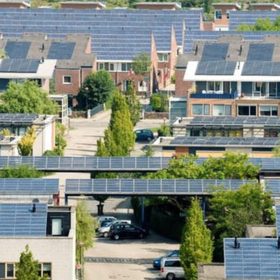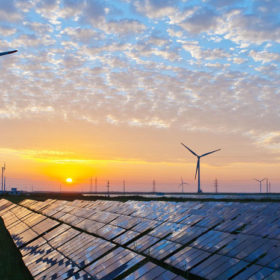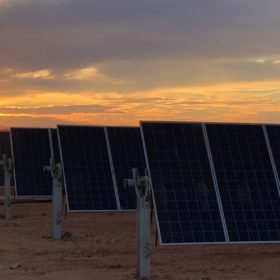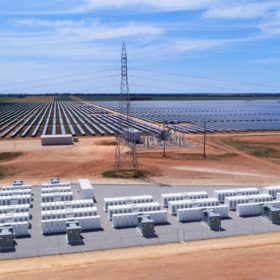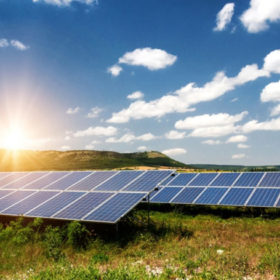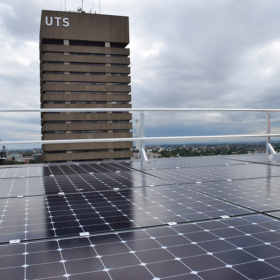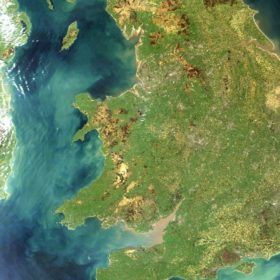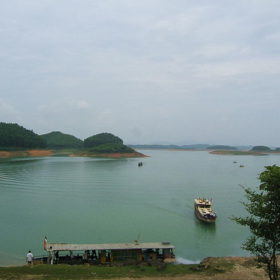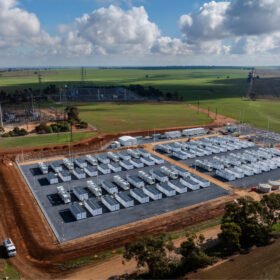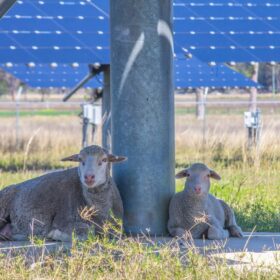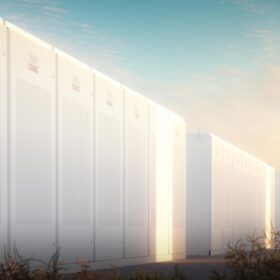There’s a looming waste crisis from Australia’s solar energy boom
As Australians seek to control rising energy costs and tackle the damaging impacts of climate change, rooftop solar has boomed. To manage the variability of rooftop solar – broadly, the “no power at night” problem – we will also see a rapid increase in battery storage.
Investors remain ready to back renewable projects, survey finds
Sydney headquartered MinterEllison has released a wide-ranging international survey that found that renewable energy investors stand ready to increase their activities in the next two years. Australian renewable greenfield projects are particularly attractive, with U.S. investors most likely to play an increasingly active role in the marketplace.
Tempo Australia says on track to de-risk Cohuna solar project
With the trading suspension lifted, the ASX-listed contracting company says its fear of cost blowouts on a 34 MW Victorian project has been allayed by the ongoing good faith negotiations with client Enel Green Power.
Australia’s largest battery retrofitted to solar farm officially opens
The 25 MW / 50 MWh Tesla battery collocated with the 60 MW Gannawarra Solar Farm has been officially opened.
Renewables still setting strong pace in South Australia
The April shelving of a major solar thermal plant has done little to slow the pace of renewable energy projects being proposed in South Australia.
Australia could install 179 GW of rooftop solar
With Australia amongst the world leaders in solar uptake, a new study finds the nation is currently using less than 5% of the potential capacity for rooftop solar.
U.K. government announces 2050 carbon neutrality ambition
Leaving with a last hurrah, Brexit casualty prime minister Theresa May has announced a statutory instrument to amend the Climate Change Act of 2008. The law currently prescribes an emissions cut of 80% by 2050, from a 1990 baseline. The new law will aim for net zero emissions by 2050, making the U.K. the first G7 nation to pass such legislation.
Bifacial beats Trump’s tariffs
Federal trade authorities have ruled that bifacial solar modules are no longer subject to the Section 201 ruling, which currently apply a 25% tariff to most solar modules imported to the United States.
LG Chem partners with Envirostream for battery recycling in Australia
The South Korean battery manufacturer has joined forces with Victorian recycler Envirostream to develop processing solutions and reduce battery waste stream in Australia.
New solar cheaper than coal in Vietnam within three years
A study of the relative costs of generation using coal and PV has focused on Vietnam as a case study as the nation is dependent on costly imports of seaborne coal. Analysts paint a straightforward picture explaining why a planned 32 GW new coal pipeline should be shelved.
